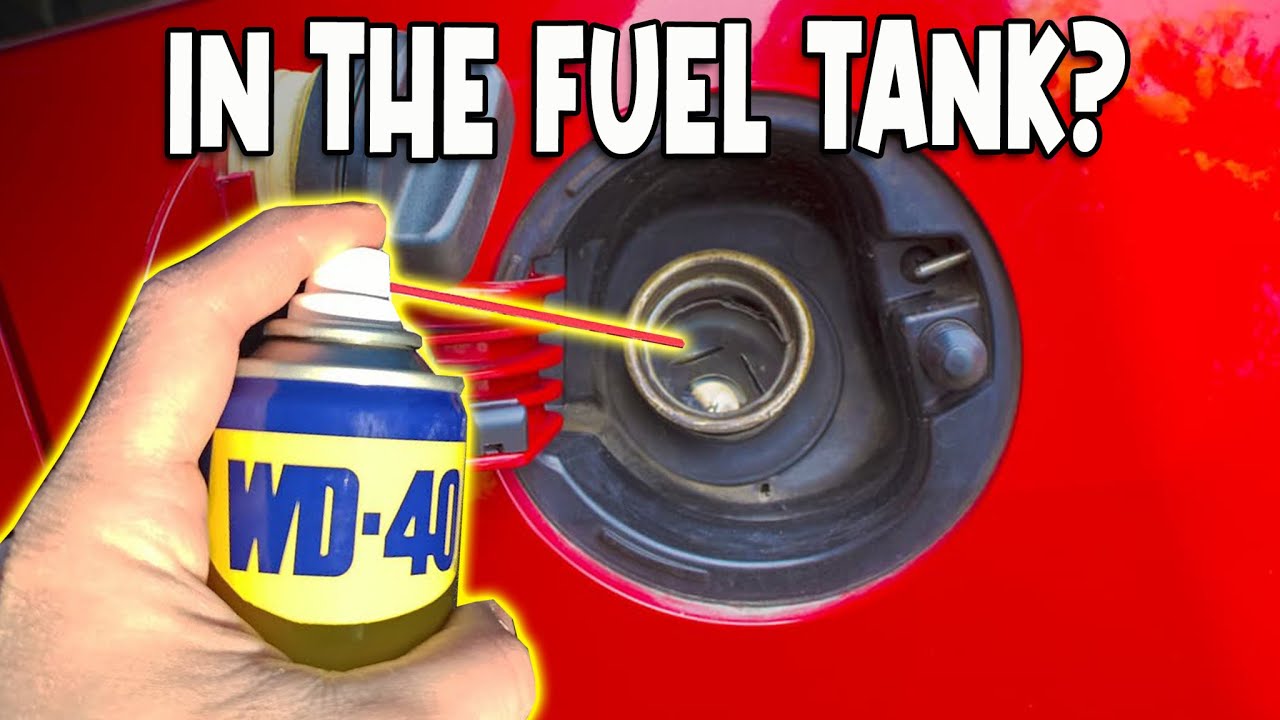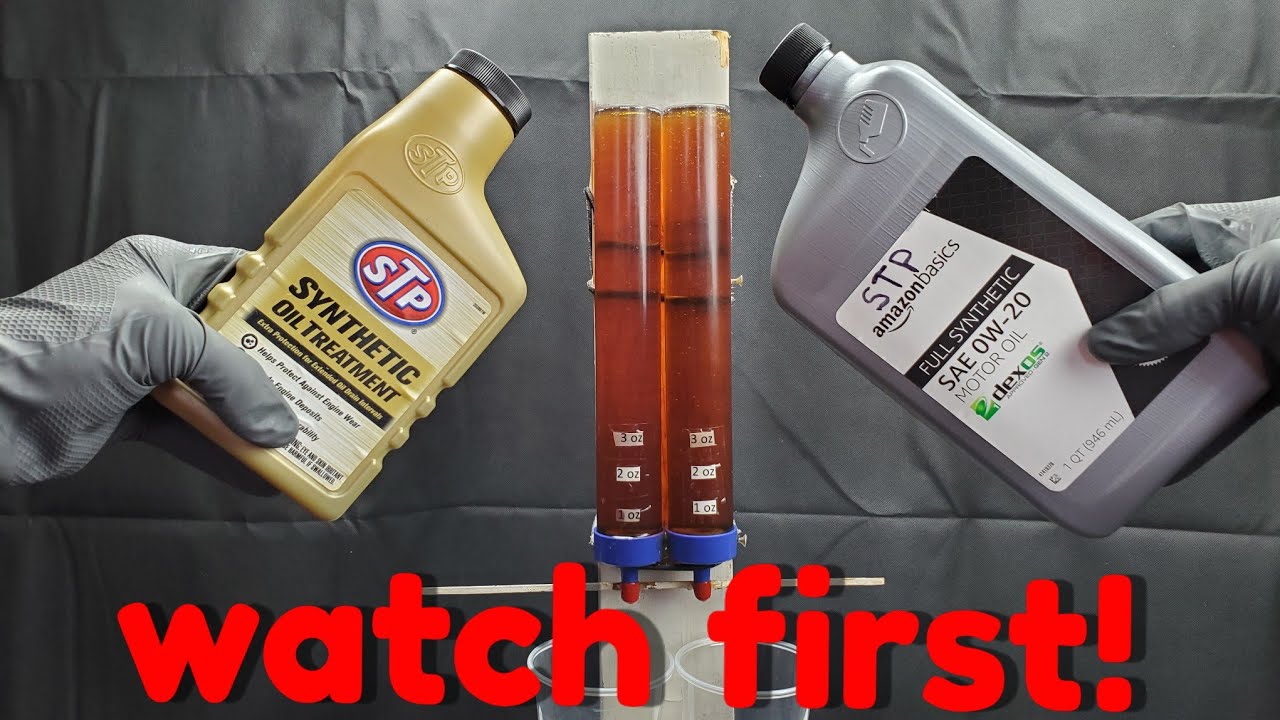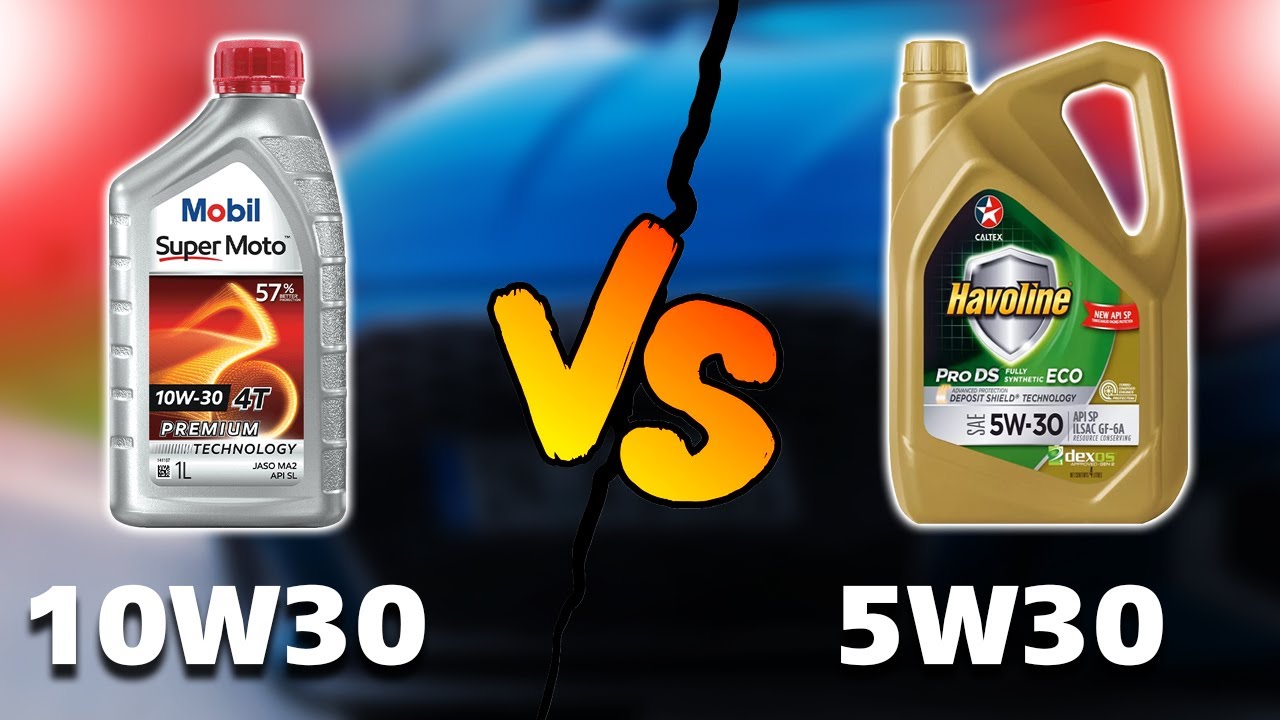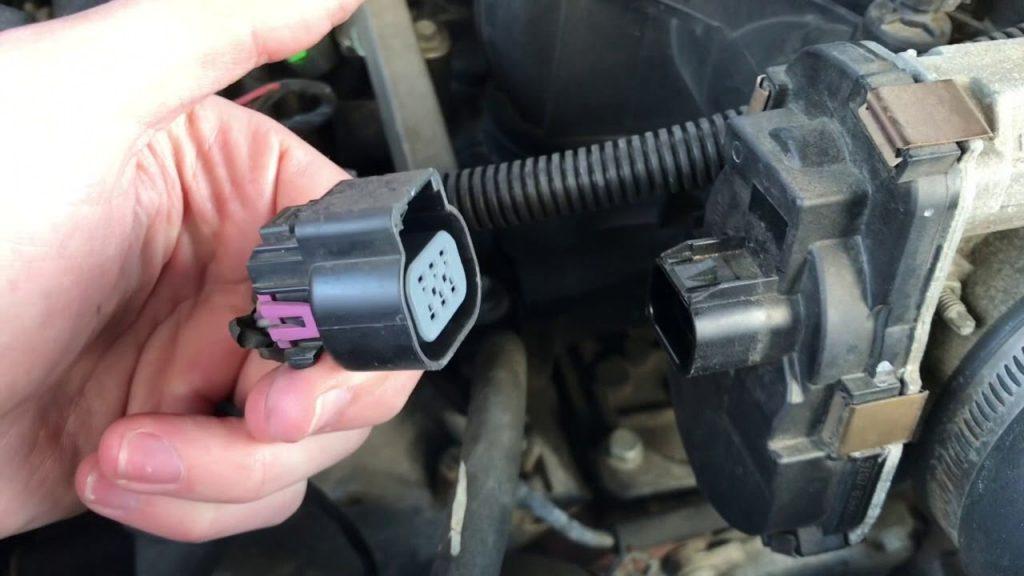The petroleum-based solvent WD40 has several applications. The manufacturer claims it first helped displace water from items, which ensured they wouldn’t rust, but it now has additional uses as well. The elimination of stains, dirt, muck, and rust is the most noticeable advantage of naming.
Nevertheless, there are many who believe that it can be used in fuel tanks to remove water and other impurities, while also improving fuel efficiency. People are wondering if it’s possible to put WD40 in gas tanks, even though the manufacturer doesn’t specifically say to.
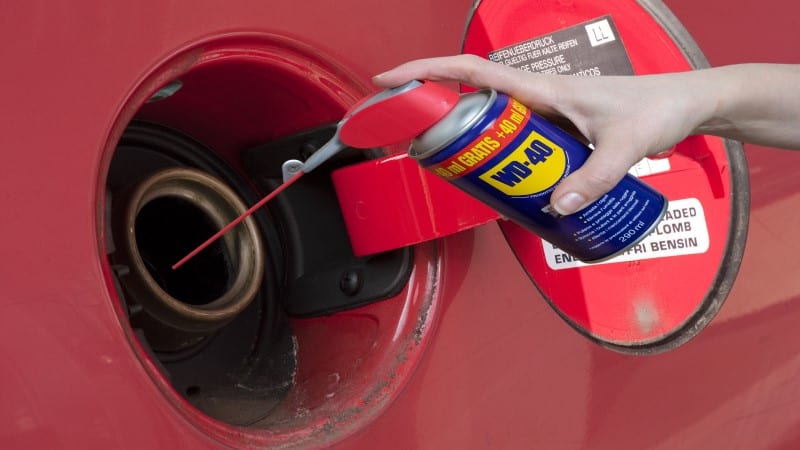
Can you put WD40 in your gas tank?
The WD-40’s principal use was to remove water from various items. It dries things quickly when sprayed on damp items. Therefore, it effectively prevents corrosion. But recently, it has found a new home in people’s arsenals for removing grease, filth, muck, and rust.
Now, though, rumors are circulating online of individuals who have sprayed WD-40 into gas tanks. Therefore, the big question is: can WD40 be used in a gas tank? Using kerosene in a multi-gas engine makes it possible, so the answer is yes. Kerosene and other chemicals make up the majority of WD-40.
Regular gas and diesel engines can also use it, although it might make your engine operate poorly. But gasoline engines make it much worse. Gasoline engines can even be unstartable in certain instances. Even though diesel engines won’t function at their best with WD-40 in the fuel tank.
However, WD-40 has no business being in the gas tank. Some say it cleans the gas tank by removing anything that could be a condiment, including water. Some have also suggested that adding WD-40 to gas tanks can increase efficiency.
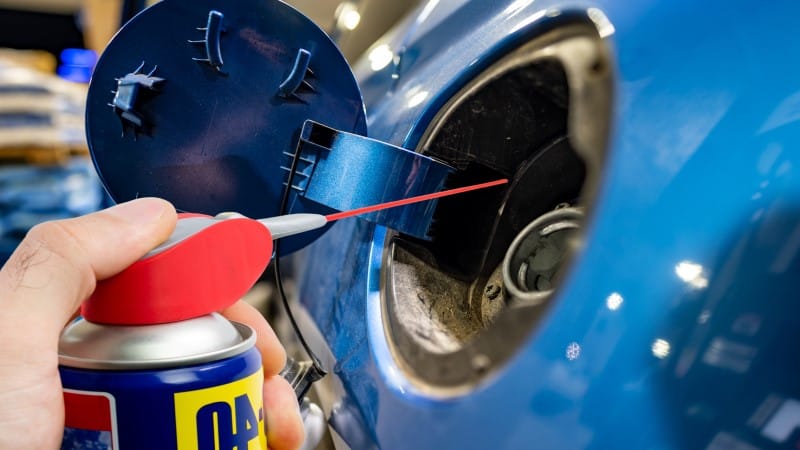
What are the pros and cons of putting WD40 in the gas tank?
Although WD-40 has many positive uses, it does have some negative aspects as well. Examining the main benefits and drawbacks of adding WD-40 to the engine or fuel tank is important.
Pros
- Serves as a rust inhibitor
- Prevents corrosion
- Eliminate grease or gunk from surfaces or objects
- Helps displace water or moisture from engine components
- It can be used to improve gas mileage
Cros
- Reduces car performance
- Causes air pollution due to a drastic increase in exhaust fumes resulting from excess carbon deposits
- Can damage the catalytic converter, leading to expensive repairs
- Can damaged objects with plastic or rubber material
- It can make your engine dirty quickly as it easily attracts dirt and dust after drying out
Conclusion
There are benefits and downsides to using WD-40 in gas tanks. Even though it shouldn’t be used in gas tanks, people use it nonetheless because even a little won’t hurt the engine. When individuals attempt to use it to save petrol, problems arise. Put a lot of WD-40 in your gas tank if you want to save petrol.
